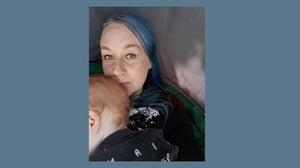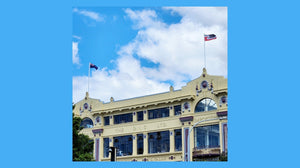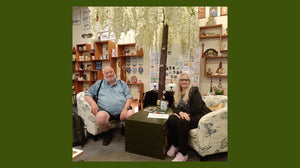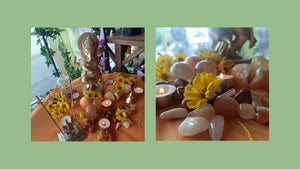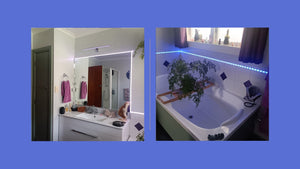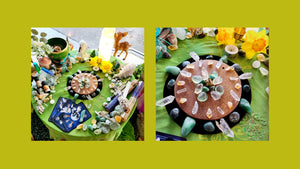What is the difference between Oracle and Tarot Cards?

I’d like a deck of cards, but where do I start?
A common question in store is around how to choose a deck of cards. With such an abundance of options on the market these days, it can get a little confusing and/or overwhelming. The very first questions we ask when helping to narrow down the selection are designed to figure out which category of cards might best fit your need. Most decks fit into four main categories, and step one is deciding which category of card you’re looking for.
Resource cards. These usually feature an image and information, without there being a particular message or guidance involved. We seldom have many decks that would fit into this category, sometimes some crystal cards might fall into this format, but the fact that they list crystal properties can often nudge them over into the Oracle category too. A good example in stock currently would be our Constellation Knowledge Cards.
Affirmation cards are designed to be uplifting, empowering, or thought provoking, but not necessarily personalised. They tend to feature sound advice pertinent to all and add a little joy. It’s common for these to be used as a daily card or accompanying a ritual or reading. I have a friend who routinely offers one when I’m served a cuppa at her home. Some of our most common Affirmation cards are The Universe has Your Back Cards and the Crystal Wisdom Mini Affirmation Cards.
Oracle Cards are designed to deliver a message for the person they’re drawn for. Generally, they are pulled with a person or situation in mind, and with a belief that something, be it spirit, fate, perhaps your own higher self, is guiding the draw, so that you receive the card meant for you, and it resonates and offers guidance. These are often drawn one at a time, and most people then find the card in the guidebook to read what is usually a detailed message with suggestions of what to focus on next, although sometimes the image or the few words on the card give a sufficient enough answer. The beauty of Oracle is that there are no rules, and it’s failproof, you just do whatever feels right for you, and trust the process. Oracle are a great introductory tool to divination practices, and frankly, for many people, they are the only tool they ever feel they need, they’re truly like a trusted friend. Our Moonology range by Yasmin Boland (Moonology and Moonology Manifestation) are our most popular Oracle Decks , followed by Angels and Ancestors by Kyle Gray.
Tarot Cards share many characteristics of Oracle, in that cards are drawn with a person, situation or question in mind and with a belief that the draw is guided. Tarot cards can be used in a similar way, where a card is drawn and a guidebook consulted, although one of the main points of difference from Oracle is that Tarot readers often learn the book meanings of the cards and/or assign intuitive meanings to the cards, moving away from the use of a guidebook over time. Most of the decks we stock are a modern-traditional format of 78 reversable cards, with each of those 78 cards sharing the same meaning no matter which deck you pick up, so in theory, once you have learned to read one deck, you could pick up any other deck and assign those same learned meanings to that deck too.
Another main point of difference from Oracle are that spreads are more commonly used when reading tarot, which is where cards are placed in a pre-determined arrangement with each placement assigned a certain perspective pertaining to the person or topic at hand. Tarot is steeped in a vast and rich history, and sometimes a hangover from that is that rules and traditions have been adopted and established over time. We are often asked about these rules, and my answer is always the same, “You do what feels right for you, and disregard the rest.” Like priests used to be the only ones able to read from and interpret their Holy Book, Tarot readers of old used to safeguard their practice. The beauty of living in modern time is that traditions are adapted, and rules are being stripped away to allow for expression of individual spirituality, and inclusive practices. Our most popular Tarot decks are The Rider Tarot and the Light Seers Tarot by Chris-Anne Donnelly.
Namaste
Neka
- Tags: oracle cards tarot cards

